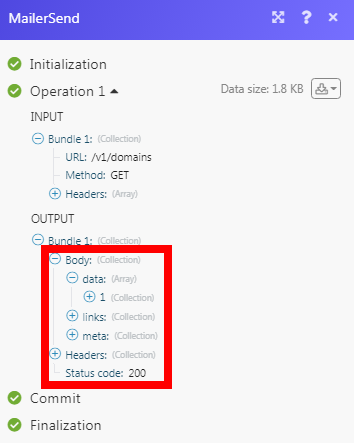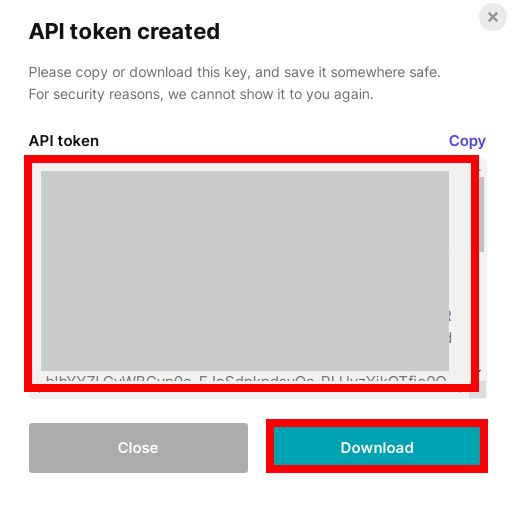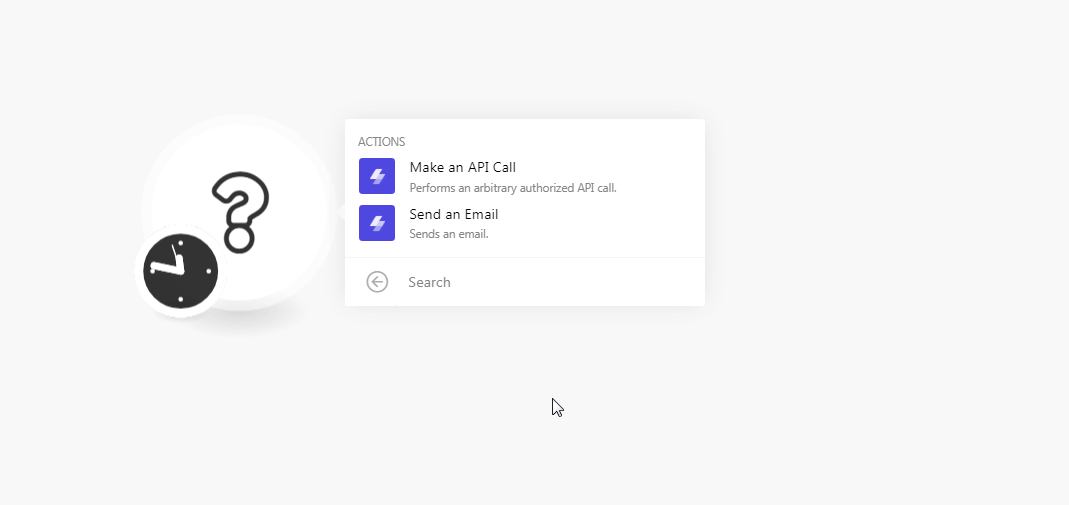| Active with remarks |
|---|
| This application needs additional settings. Please follow the documentation below to create your own connectionUnique, active service acces point to a network. There are different types of connections (API key, Oauth…). More. |
The MailerSend modulesThe module is an application or tool within the Boost.space system. The entire system is built on this concept of modularity. (module - Contacts) More allow you to send emails in your MailerSend account.
Prerequisites
-
A MailerSend account
In order to use MailerSend with Boost.spaceCentralization and synchronization platform, where you can organize and manage your data. More IntegratorPart of the Boost.space system, where you can create your connections and automate your processes. More, it is necessary to have a MailerSend account. If you do not have one, you can create a MailerSend account at mailersend.com/signup.
![[Note]](https://docs.boost.space/wp-content/themes/bsdocs/docs-parser/HTML/css/image/note.png) |
Note |
|---|---|
|
The moduleThe module is an application or tool within the Boost.space system. The entire system is built on this concept of modularity. (module - Contacts) More dialog fields that are displayed in bold (in the Boost.space Integrator scenarioA specific connection between applications in which data can be transferred. Two types of scenarios: active/inactive. More, not in this documentation article) are mandatory! |
To connect your MailerSend account to Boost.space Integrator you need to obtain the API TokenThe API token is a multi-digit code that allows a user to authenticate with cloud applications. More from your MailerSend account and insert it in the Create a connection dialog in the Boost.space Integrator module.
-
Log in to your MailerSend account and open your Dashboard.
-
Click Domains > Manage. Verify the domain to generate the API tokenThe API token is a multi-digit code that allows a user to authenticate with cloud applications. More. Click Generate new token.
-
Enter a name for the token, choose the permissions, and click Create Token.
-
Copy the token to your clipboard.
-
Go to Boost.space Integrator and open the MailerSend module’s Create a connection dialog.
-
In the Connection name field, enter a name for the connection.
-
In the API Key field, enter the key copied in step 4 and click Continue.
The connection has been established.
Performs an arbitrary authorized API call.
|
Connection |
||||
|
URL |
Enter a path relative to
|
|||
|
Method |
Select the HTTP method you want to use: GET to retrieve information for an entry. POST to create a new entry. PUT to update/replace an existing entry. PATCH to make a partial entry update. DELETE to delete an entry. |
|||
|
Headers |
Enter the desired request headers. You don’t have to add authorization headers; we already did that for you. |
|||
|
Query String |
Enter the request query string. |
|||
|
Body |
Enter the body content for your API call. |
The following API call returns all the domains from your MailerSend account:
URL:
/v1/domains
Method:
GET

Matches of the search can be found in the module’s Output under BundleA bundle is a chunk of data and the basic unit for use with modules. A bundle consists of items, similar to how a bag may contain separate, individual items. More > Body > data.
In our example, 1 domain is returned:

Sends an email.
|
Connection |
|
|
Send an Email Based on a TemplateTemplates are predefined scenarios that you can expand and customize to create new scenarios. You can then share these with friends and colleagues. More |
Select whether you want to send the email using a template. |
|
Template ID |
Select the Template ID to use for the email. |
|
From |
Add information about the sender of the email. Enter the sender’s email address. The email must be verified in your account. Name Enter the sender’s name. |
|
To |
Add the recipients to whom you want to send the email. Enter the recipient’s email address. Name Enter the recipient’s name. The name must not contain |
|
Subject |
Enter the subject line of the email. |
|
Attachment |
Add the attachments. Content Enter the content type of the attachment. File Name Enter the file name of the attachment. For example, ID Enter the attachment ID which can be used in content as an |
|
Tags |
Add the tags for the email. |
|
Variables |
Add the variables for simple personalization. Enter the email address to which substitutions will be applied. Substitutions Add the substitutions. Var Enter the variable name. For example, Value Enter the variable value. For example, |
|
Personalization |
Add the variables for advanced personalization. Enter the email address to which substitutions will be applied. Var Enter the variable name. For example, Value Enter the variable value. For example, |
|
Reply to |
Add the information about whoever the recipient can reply to. Enter the email address to which the recipient can reply to. Name Enter the name of the person whose email address is provided above. |
|
CC |
Add the information about whoever you want to send the copy of the email to. Enter the email address to which the copy of the email is sent to. Name Enter the name of the recipient whose email address is provided above. The name must not contain ; or , . |
|
BCC |
Add the information about whoever you want to send the hidden copy of the email to. Enter the email address to which the hidden copy of the email is sent to. Name Enter the name of the recipient whose email address is provided above. The name must not contain ; or , . |
|
Send At |
Add a Unix timestamp to schedule the time of the email sending. The maximum postponement time is 72 hours from the current time. |




